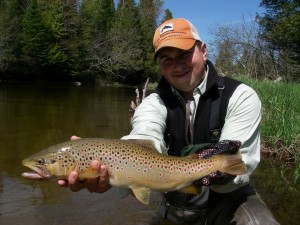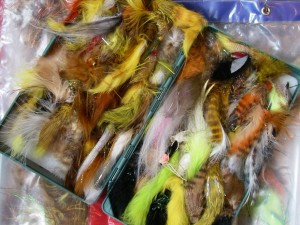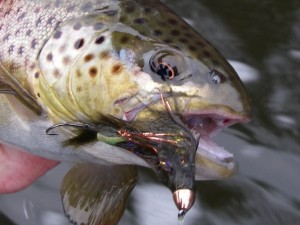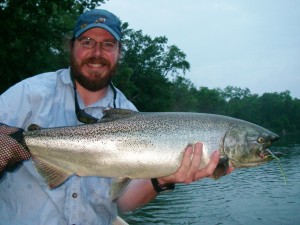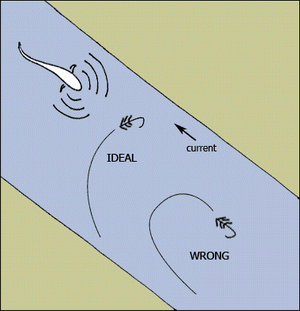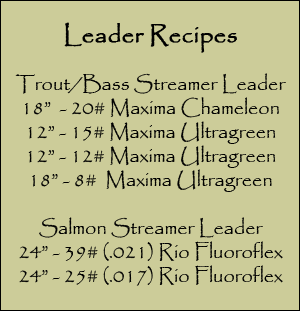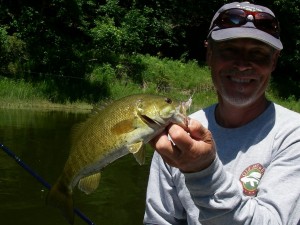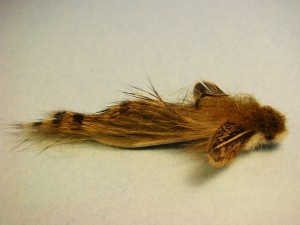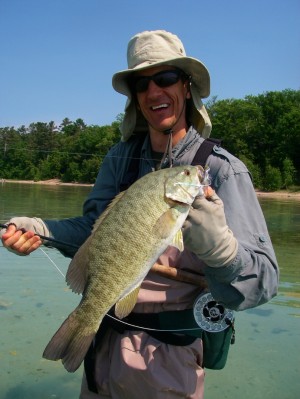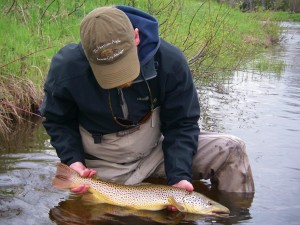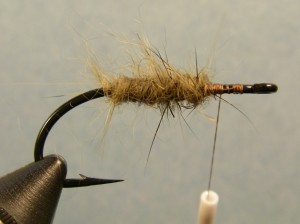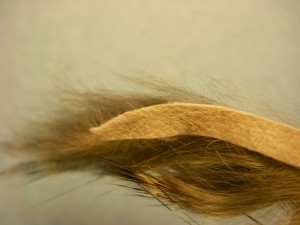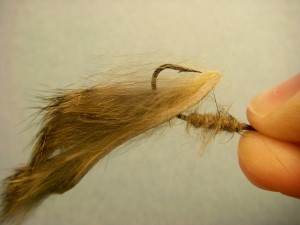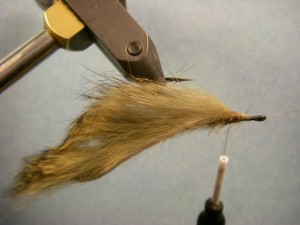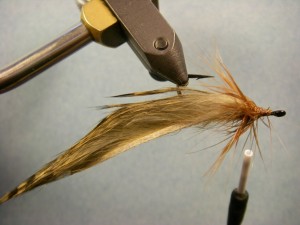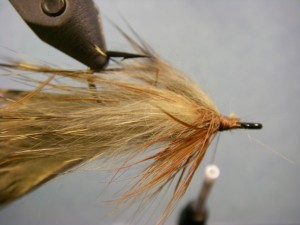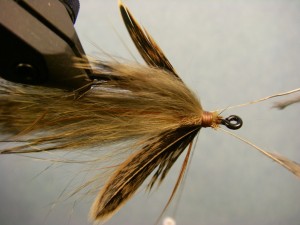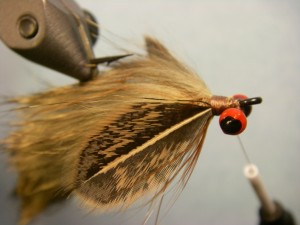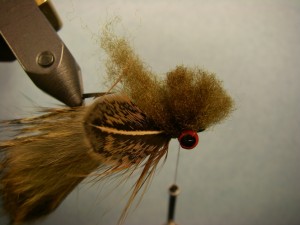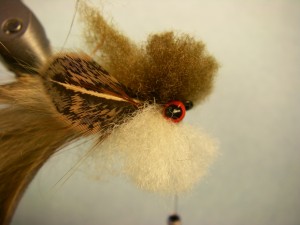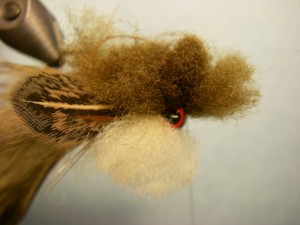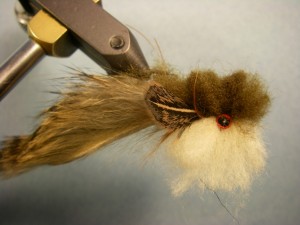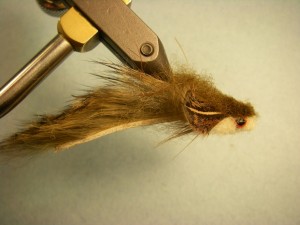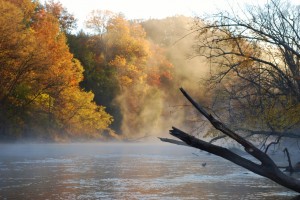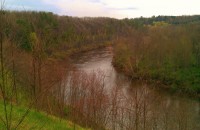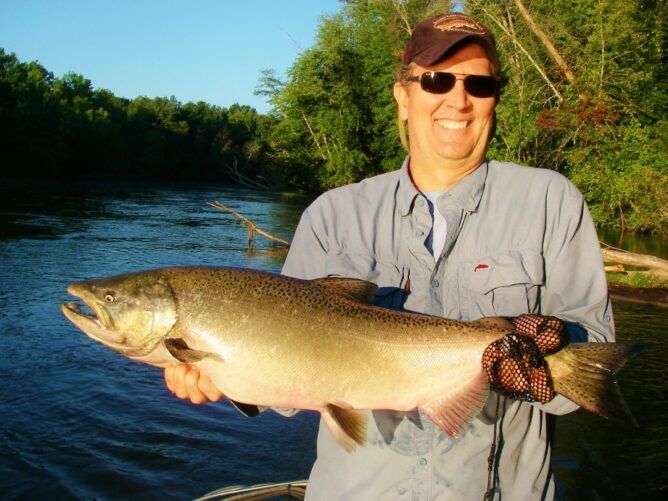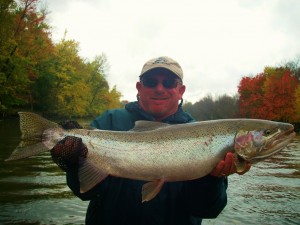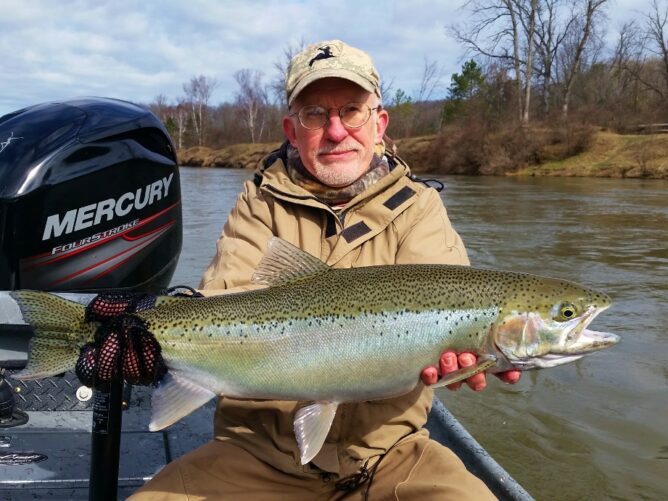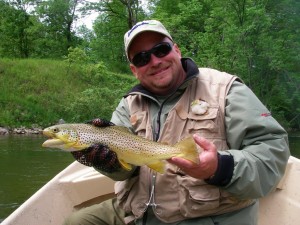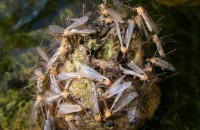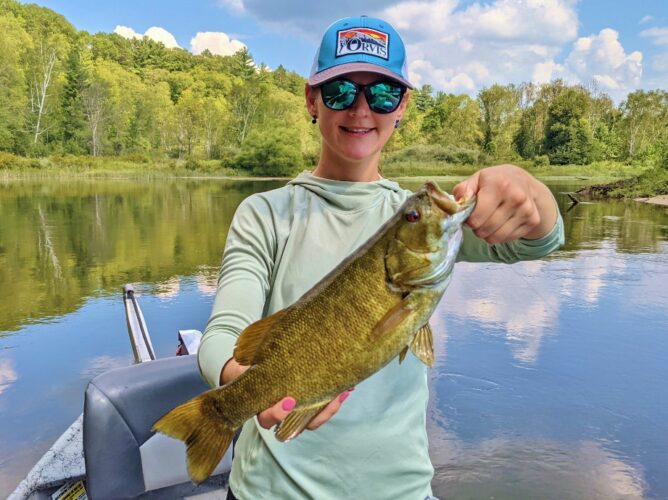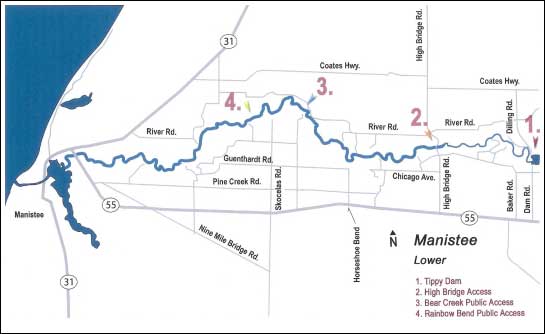After last weekend’s rain, river levels are full and returning to normal levels. The Upper Manistee is in good shape, the Lower Manistee is still on the high side with an ideal stain, the Boardman is running full and the Au Sable is back to normal. The flush of water made for good streamer fishing and with the forecast heat, the dry fly fishing should ramp up after a cool period with very sporadic hatches.
Look for Isonychias to build in numbers as well as a mix of other bugs including: Brown Drakes, March Browns, the last of the Sulphurs, Yellow/Golden Stone Flies (#10), Bat Flies and Mahoganies. When the days are hot and temps stay warm into dark, look for the hatches to be condensed into a short window near dusk. In other words, bring your headlamp and walk back to the car in the dark after fishing until dark. Because of our mild winter, warm March and otherwise odd weather this Spring – the timing and predictability of hatches has been off. It wouldn’t be a bad idea to have a few hex and gray drake patterns in your box should this warm weather inspire a few bugs to show up early.
{A few years ago I wrote an article pertaining to trout fishing in the weeks leading up to the Hex hatch – you can read it by clicking here.}
Carp fishing on the bay has been very mixed as the fish haven’t been nearly as predictable as they normally are this time of year. With a few fish showing signs of spawning the past few days, look for this warm weather to ramp up fish numbers and spawning activity in the shallow flats. Plan to cover a lot of ground to find fish willing to play along and be armed with the usual patterns: hex nymphs, crayfish, Clouser minnows and b.h. black wooly buggers. While the carp fishing hasn’t been up to par, the smallmouth bass fishing has been solid with small minnow/baitfish patterns working well.
Bass and Bluegill fishing continues on the smaller lakes and with a lot of the spawning done, males protecting nests have brought aggressive behavior as well as from the females looking to eat, too. Look for deeper breaks and drop offs to produce the bigger bluegills/panfish. The popper fishing has improved however the small streamer and nymph/dry combo has been most effective mostly because it allows us to fish deeper water.
Good Luck,
Ted
– Upcoming Fishing Seasons –
Trout: Fishing with streamers and dries. Don’t forget the Big Bugs – Drakes, Isonychias and Hex.
Carp and Smallmouth Bass on Grand Traverse Bays – find out why this has become a favorite of many anglers.
Terrestrials & Trico hatches in the Months of July & August – start your mornings off on a cool, quiet trout stream.
Booking for all 2012 Seasons – Some Fall Salmon and Steelhead Dates Remain Open

